
Are you curious as to how businesses rank on Google Maps listing, which refers to the top three results?
This is a highly desirable location for business owners since it affords them the chance to attract the attention of both locals and tourists, increasing their chances of making additional sales.
Because there is so much at stake, it is essential to have a solid understanding of how to rank on Google Maps and how to attract customers to your website, services, and physical location.
To get you started, our SEO experts have compiled a list of the five steps that you need to take to rank on Google Maps and propel your company to the top of this popular navigation system.
Let's spend a little bit of time discussing the significance of Google and the Google Maps app. According to the findings, Google controls 92.95 percent of the market share in the search industry.
According to another piece of data, it manages to intercept 85 percent of mobile traffic. Its free navigation tool, Google Maps, is used by millions of people, not just for assistance with navigating and real-time updates on traffic, but also for accessing its extensive directory of businesses, restaurants, and stores.
Want To Know More About Google Map Ranking?

With far over 150 million users every month, Google Maps is by far the most popular mapping application in the United States. Millions of consumers who are on the lookout for goods and services use Google Maps daily to identify local businesses that can satisfy their requirements.
You, as the owner of a business, may get the most to optimize your Google Maps listing and achieve a high position in searches that are relevant to your industry.
According to the findings of recent research, 67% of customers choose Google Maps as their go-to navigation software.
Research also indicates that these customers arrive at Google Maps company listings via a keyword search (also known as a "discovery" search) an astounding 84 percentage points more frequently than they do via a search for the business name (also known as a "direct" search).
Having said that, you must optimize your Google Maps listing to have a high ranking on Google Maps for the terms that your prospective clients are using to look for it.
In addition to this, customers frequently find their way to the company listings on Google Maps by performing keyword searches, direct brand searches, or local discovery searches.
Because there are so many different ways to be found, optimizing your Google Maps listing provides several key benefits, including the following:
And considering that 46% of Google searches have a local focus, appearing in the "Local 3-Pack" can significantly boost the amount of exposure that your company receives online.

If you do things that will help you rank higher on Google Maps, then the quality of your listing will increase, and you will provide many opportunities for customers to interact with your company.
This is another reason why it is important to rank higher on Google Maps. Because 86 percent of customers use Google Maps to search for local businesses, this presents a wealth of options to increase customer engagement.
Over 85 percent of customers who search for a nearby company using Google Maps end up visiting that company within the next 24 to 48 hours.
According to a survey published by Google, approximately 28 percent of these local searches on Google Maps typically end in a purchase.
People are now making snap decisions about what to buy based on the ratings and comments left by other customers, the credibility scores, and the online reputation of any given company, as has been seen. And Google Maps Listings make it simple for buyers to discover these important pieces of information.
Customers can take immediate action from the listing itself in just a few clicks because of the interactive nature of the results provided by Google Maps. They can conduct direct phone calls or immediately book reservations.
As a result, achieving a higher placement on Google's local listing will increase conversions.
The road to success can be paved with ease by putting into action a content marketing plan that takes into account Google Maps.
Several elements shape the behavior of SEO for Google Maps and we have listed the most relevant ones:
For your company to rank on Google Maps, it must have a Google My Business listing, regardless of whether or not it has an internet presence.
Your SEO services will ask you to follow the instructions and add relevant information, such as the address of your website, your physical address, the hours that you are open, and your phone number, to set up a listing for your company.
Before commencing this process, your SEO company will ensure that the company does not already have a listing on Google Maps. To accomplish this, go to Google and search for the name of the company.
Check to verify if a listing for your business already exists on Google My Business before creating one yourself.
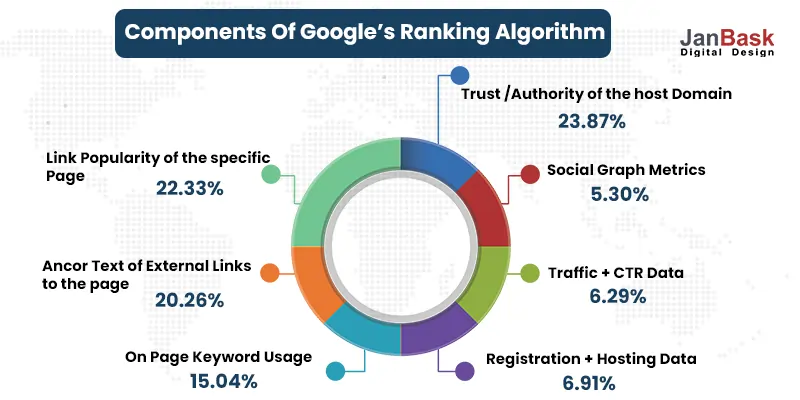
If the right side of the screen is empty, this indicates that there is no business listing for the location, and Google My Business has to be used to create one. If the location of the company appears on the right side of the map, then the firm already has a presence on Google Maps; the next step is to register the listing on Google My Business.
Your SEO agency knows establishing a presence on Google Maps requires the creation of a Google My Business listing, which, in turn, enables a company to increase its exposure on Google in several different ways, including the following:
The following stage, which occurs when Google certifies the business, is to optimize your Google My Business account. Your SEO specialist recommends putting your attention on the following parts of your profile:
The first strategic step in how to rank on Google Maps is to ensure that your Google My Business listing is optimized. This will help with the determination of your local ranking.
Your SEO consultant may have advised utilizing Google Posts inside the Google My Business page as the first step in the process to rank higher in Google Maps.
You may think of these postings as a free mini-advertisement that appears with your company profile. It gives people the opportunity to interact with your Google Maps listing in a way that is more meaningful to them.
While it is true that planning Google Posts might take some time, using them consistently can attract more attention to your listing. It can boost the number of organic hits, both of which are factors that Google considers when determining rankings and SEO.
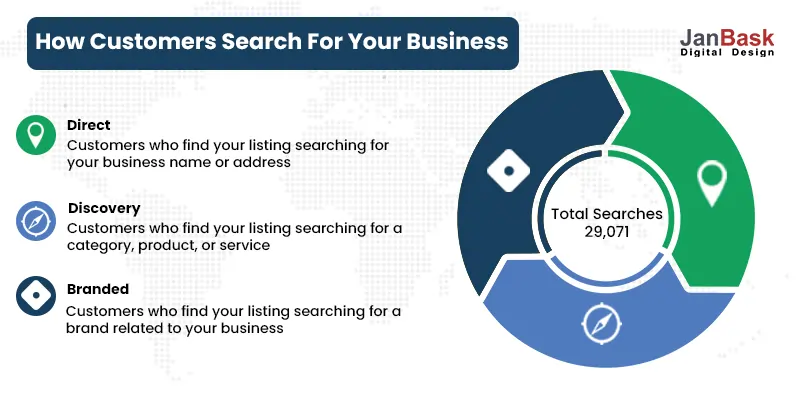
New posts only remain visible for seven days and can consist of text (about 250 to 300 words), an image, or a video of up to 30 seconds in length. Google Posts serve a specific function that is directly related to the company's operations. The following are the possibilities:
As can be seen, each group is organized around a certain concern. Use the "What's New" category to communicate company-wide information, such as a new blog post, new employee, or review from a satisfied customer, for example.
You should use the 'Event' post if your company is going to be presenting an event or a webinar. Utilize the 'Offer' category to your advantage if the course of the year finds your company frequently announcing new deals, discounts, or specials.
Use the word "Product" to emphasize particular products by putting them in the spotlight.
The "Call to Action" buttons, which offer a one-click option to convert a prospective consumer into a full-fledged customer, are an important element that can be found inside Google Posts. Available button possibilities are:
Be sure to include the one that is the most pertinent to your topic in your response.
At this time you may be wondering, "Do actual customers interact with Google Posts?" Yes! Moz found that consumers clicked them almost "100% of the time," and that using Google Posts gave businesses an advantage over other organizations that were not utilizing this function.
This was especially true for businesses that were located in particularly competitive locations. Whitespark offers a nice article with helpful ideas and suggestions that you can read if you are interested in learning more about the optimal publishing methods for each form of Google Posts.
It is necessary to have search engine optimization performed on your company to achieve a high ranking on Google Maps.
Citation building and maintaining consistency are two other factors that go into determining where a business ranks in Google Page Ranking. To accomplish this, you will need to ensure that the NAP (name, location, and phone number) of the company is presented in the same manner throughout ALL web directories.

For instance, if the street address of your company utilizes Blvd rather than Boulevard, you should make sure that every single listing includes Blvd.
Why should we care about this?
Citations that include the same information affect Google's local and Local Pack algorithms, which will in turn help a business get closer to the coveted 3-Pack location on Google Maps. Moz provides a free tool that makes conducting research much simpler by locating and correcting any incorrect citations that may have been used.
The next thing you need to do to improve your ranking on Google Maps is to search for new citation places inside your metropolitan area. Whitespark allows you to do this for free and will search based on the country as well as the city.
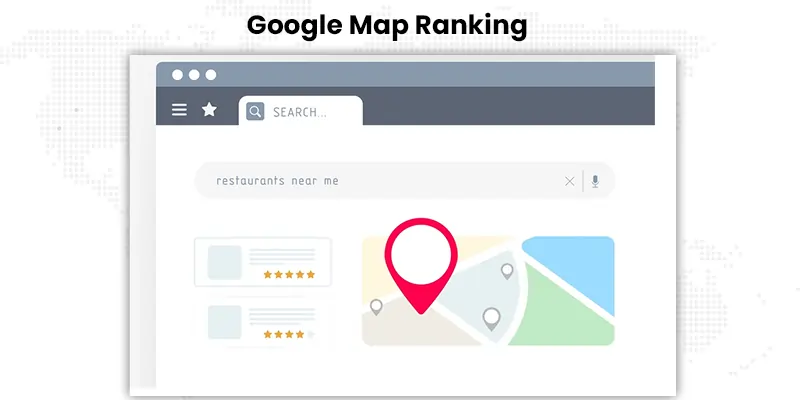
The most popular websites, such as Facebook, Yelp, and Yellow Pages, will be included in the listing of citations.
Citation link building occurs when you incorporate the URL of your website into your citation in some way. It is an effective strategy that can help you construct a significant quantity of authority for your website.
If you own a law practice, for instance, you will engage in citation link-building on directories that are geared toward law firms. When you list your company in law firm directories that have high authority, you will naturally receive contextual backlinks and a lot of authority from such listings.
When calculating where your company should rank for local search results, Google utilizes something called citation analysis. It is essential to keep in mind that Google's evaluation of citations will take into account a variety of characteristics, including the following:
If you want to achieve first place in Google's local rankings, you will need to make sure that the NAP data for your company is included on your website. Your SEO services will inform you that the use of schema markup makes it easier for search engines to comprehend the message that your website is attempting to deliver.
When you add the information about your NAP to the schema, you will be sending powerful signals to the search engines. According to SEO services, this is regarding the authority and relevancy of your company's name, address, and telephone number.
If you want to achieve first place in Google's local rankings, you will need to make sure that the NAP data for your company is included on your website. Your SEO company will use schema markup to make it easier for search engines to comprehend the message that your website is attempting to deliver.
When you add the information about your NAP to the schema, you will be sending powerful signals to the search engines regarding the authority and relevancy of your company's name, address, and telephone number.
After you have modified the information about your company that appears on the Google My Business directory, you should monitor your ranking consistently.
If your rank is low, you might want to think about citing your company more frequently. You can accomplish this by:
If you are just starting, you should seek citation-building services from a company that is familiar with GMB.
Within Google My Business, Google gives you access to five different categories to choose from. You shouldn't pass up the opportunity to use these categories. When claiming a listing on Google Maps, you can utilize these several categories.
It is conceivable that the GMB categories given do not exactly correspond to the nature of your company. To achieve a higher ranking on the Google Maps listing, you must verify that the primary categories of your business are appropriately aligned with the principal keywords.
Entering your primary keywords into the category box and populating as many relevant possibilities as possible in your second business category is the most effective way to accomplish this goal.
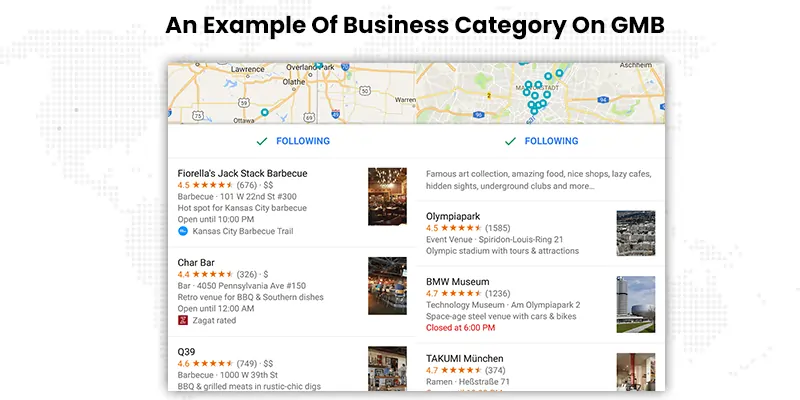
You will have a better chance of achieving a high ranking on Google My Business listings and enhancing your engagement for other business category keywords if you do it this way.
The vast majority of company proprietors are oblivious to this possibility as per SEO services. As a result, you should make sure that you employ it effectively.
Add your business classification as the major category, for example, fashion or dining, and give local SEO keyword descriptions that act as supplementary classifications, such as "Dallas fashion" or "Paradise restaurant." For example, add "fashion in Dallas" or "diner in Paradise."
Website speed, links, keywords, SEO, and domain authority affect Google Maps rankings. Businesses must optimize their homepage for speed and SEO to build brand authority. As you know, Google Maps rankings depend on reliable NAP. Google wants the business name, category, and metro location on the homepage to evaluate credibility.
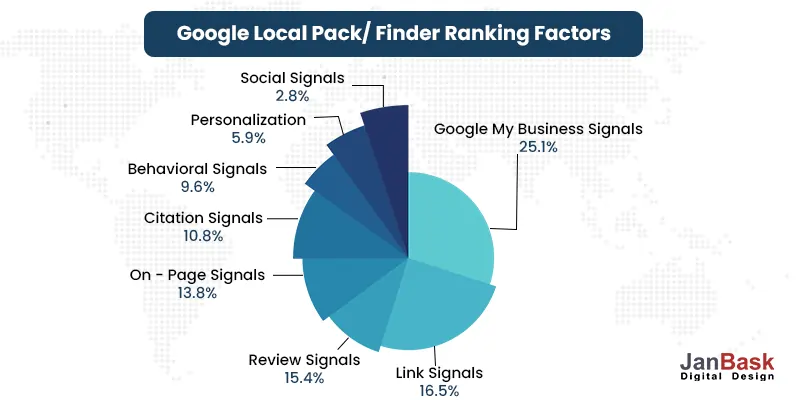
The main page should strategically use keywords, location, and business name. The metadata description tag (use the business category and metro name) is another important backend SEO tool. Google SEO keyword ranking is yet another factor to consider to optimize websites for Google map ranking.

Enter your business name, city, and zip code to obtain a link for emails, websites, and business cards. Emailing customers after a good experience is a good approach to getting reviews. The email might include the Google Review Generator Link or a short video asking for help finding consumers like them. Thank them for their support.
1. Which Factors To Consider For Google Maps Ranking?
The following are the three primary considerations used in local ranking: Relevance refers to how closely your company's offerings match the search terms entered by the user. Distance refers to how near you are to the person who performed the search. The degree to which a company is well-known and liked by its customers is referred to as its prominence.
2. Why Are You Not Getting Google Rankings?
This may involve doing anything from getting a large number of spammy backlinks to your website to utilizing anchor text that is overly optimized to creating content that is thin or duplicate. If your website receives a Google penalty, it will suffer a drop in organic traffic as well as ranks, making it more difficult for users to locate it in search results.
3. How Much Time Does It Require To Gain Google Ranking?
It typically takes between three and six months for a website to rise in Google's search engine results after employing SEO strategies. In other words, it can take anywhere from 90 days to 180 days to reach the top of Google's search results depending on how popular your keywords are and how competitive your business is.
Including Google Maps optimization in your SEO plan may not seem like the most natural progression for your campaign. But with the rise of local business features in SERP, it is essential if you want to attract attention, clicks, and ultimately, customers. You can see that the procedure is not as difficult as you may have thought it would be.
Nonetheless, JanBask Digital Design is available for consultation if you need additional assistance.
Looking to Rank Your Local Business on Google Listing?
A
This informative article is very impressive.
G
Can I seek personal consultation for a better understanding?
J
How challenging is this for small businesses?
H
When is a good time to start working on Google ranking?
M
Your team has the best skills.
P
Are these workable for home-based businesses?